Exercise as You Age – Happy New Year!.
Exercise as You Age
With 2016 around the corner, an active lifestyle is more important than ever. Regular exercise can help boost energy, maintain your independence, and manage symptoms of illness or pain. Exercise can even reverse some of the symptoms of aging. And not only is exercise good for your body, it’s also good for your mind, mood, and memory.
Happy New Year!!
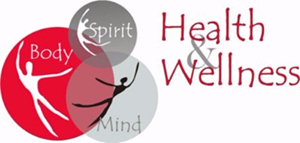
Myths about exercise and aging
Myth 1: There’s no point to exercising. I’m going to get old anyway.
Facts
- Exercise and strength training helps you look and feel younger and stay active longer.
- Regular physical activity lowers your risk for a variety of conditions, including Alzheimer’s and dementia, heart disease, diabetes, certain cancers, high blood pressure, and obesity.
- And the mood benefits of exercise can be just as great as 70 or 80 as they were at 20 or 30.
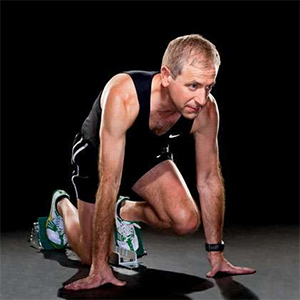
Dan Weiser, 52 – Sprinter
Myth 2: Older people shouldn’t exercise. They should save their strength and rest.
Facts
- Research shows that a sedentary lifestyle is unhealthy for adults over 50.
- Inactivity often causes older adults to lose the ability to do things on their own and can lead to more hospitalizations, doctor visits, and use of medicines for illnesses.
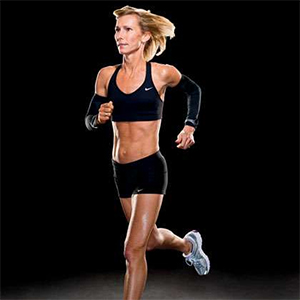
Colleen de Reuck, 46 – Marathon Runner
Myth 3: Exercise puts me at risk of falling down.
Facts
- Regular exercise, by building strength and stamina, prevents loss of bone mass and improves balance, actually reducing your risk of falling.
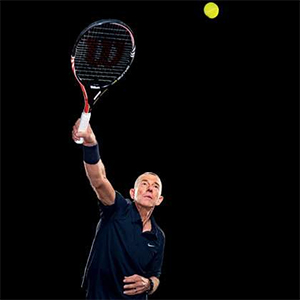
Brian Cheney, 63 – Tennis Champion
Myth 4: I’m disabled. I can’t exercise sitting down.
Facts
- Chair-bound people face special challenges but can lift light weights, stretch, and do chair aerobics, chair yoga, and chair Tai Chi to increase range of motion, improve muscle tone and flexibility, and promote cardiovascular health.
- Many swimming pools offer access to wheelchair users and there are adaptive exercise programs for wheelchair sports such as basketball.

Ron Lacey, 54 – Cyclist
Physical health benefits of exercise and fitness for older adults
- Maintain or lose weight
- Increase metabolism and build muscle mass
- Reduces the impact of illness and chronic disease
- Improved immune function
- Better heart health and blood pressure
- Better bone density
- Enhances mobility, flexibility, and balance in older adults.
- Improves your strength, flexibility and posture
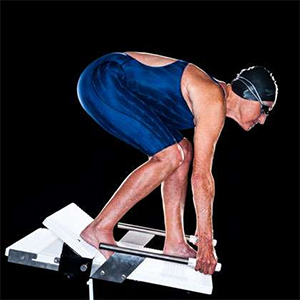
Joan Campbell, 80 – Swimmer
4 Steps to a Healthy 2016!
- Cardio endurance exercise
- Cardio workouts get your heart pumping and you may even feel a little short of breath.
- Cardio includes walking, stair climbing, swimming, hiking, cycling, rowing, tennis, and dancing.
- Promotes independence by improving endurance for daily activities such as walking, house cleaning, and errands.
- Strength and power training
- Strength training builds up muscle with repetitive motion using weight or external resistance
- Strength training helps prevent loss of bone mass, builds muscle, and improves balance
- Flexibility
- Challenge the ability of your body’s joints to move freely through a full range of motion.
- Yoga is an excellent means of improving flexibility.
- Helps your body stay limber and increases your range of movement for ordinary physical activities such as looking behind while driving, tying your shoes, shampooing your hair, and playing with your grandchildren.
- Balance
- Maintain standing and stability, whether you’re stationary or moving around.
- Try yoga, Tai Chi, and posture exercises to gain confidence with balance.
- Also reduces risk of falling and fear of falls.
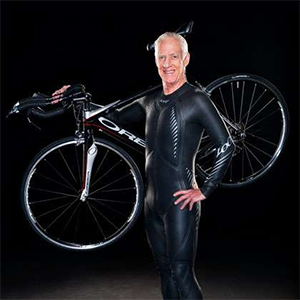
Bob Heins, 71 – Triathlete
a


